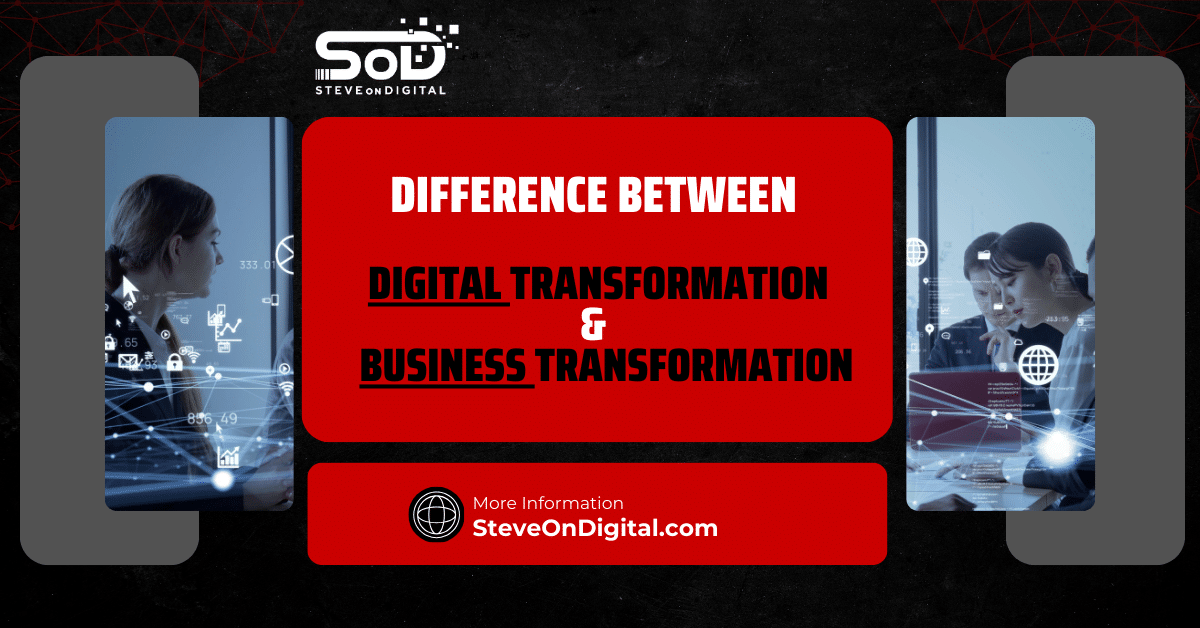In today’s fast-moving world, understanding “what are the 7 C’s of Innovation” is crucial for any business looking to stay ahead.
These seven C’s:
- Creativity
- Capability
- Culture
- Collaboration
- Customers
- Competition
- Change
are the key building blocks for fostering innovation within an organization.
Creativity involves generating new ideas, while Capability focuses on having the skills and resources to execute these ideas.
Culture promotes an environment that supports innovation, and Collaboration enhances it by combining diverse perspectives.
Focusing on Customers ensures that innovations meet market needs, while understanding Competition encourages unique solutions.
Lastly, embracing Change is essential for adapting and thriving in a dynamic business landscape.
Together, these seven elements form a comprehensive framework that guides companies in developing a robust innovation strategy, ensuring they not only adapt to the present but also shape the future.
Introduction to Innovation and Change
In the realm of business and technology, innovation stands as a beacon of progress, a force that propels the modern world into future realms.
Its importance cannot be overstated, for it is through innovation that companies find new pathways to growth, distinguishing themselves in a sea of competition.
In my career, spanning roles from an engineer to a project manager, and now as a guide for SMEs in their digital transformation journeys, I have seen firsthand the transformative power of innovation.
It reshapes industries, alters consumer behavior, and redefines the standards of success.
Innovation, in essence, is about embracing change, not as an obstacle but as an opportunity to lead and excel.
Manage Innovation
Innovation management is key to navigating the complexities of today’s business landscape.
Manage innovation effectively involves establishing a process that encourages creativity, fosters collaboration, and embraces change.
This includes developing a strategy that aligns with the business context, encouraging teams to challenge the status quo, and leveraging new ideas.
Effective leaders play a pivotal role, creating an environment where innovation is nurtured, and ideas are freely shared.
By prioritizing communication and commitment, companies can cultivate a culture that not only generates innovations but also implements them successfully, ensuring long-term growth and success.
The Cause and Context of Innovation
The need for innovation often springs from the heart of business context—a dynamic landscape where customer demands evolve, technology advances, and global markets shift.
Identifying this need requires a keen understanding of the broader context that influences innovation.
It’s about spotting trends, anticipating shifts, and preparing to meet future demands.
For SMEs, this is particularly crucial as they navigate challenges and seize opportunities in their quest for growth.
The business context sets the stage, but it is the spark of new ideas that challenges the status quo and fuels the journey of innovation.
Business Context
The business context significantly influences innovation strategies.
It encompasses the external and internal environments that affect how ideas are generated, developed, and executed.
Understanding the business context is fundamental, as it provides a clear context for innovation, highlighting the challenges and opportunities within the market.
It guides organizations in identifying areas where innovation can provide the most value, ensuring efforts are focused and aligned with broader business goals.
This context is critical for problem solving and adapting services to meet evolving customer needs, driving forward the future of the company.
The Seven C’s of Effective Innovation
Seven Cs
The seven Cs of innovation—Creativity, Capability, Culture, Collaboration, Customers, Competition, and Change—are essential building blocks for fostering an innovative environment.
Each element plays a crucial role in the process of creating meaningful and sustainable innovations.
Creativity sparks new ideas, while Capability ensures those ideas can be turned into reality.
Culture influences how ideas are received and nurtured, and Collaboration broadens the scope of innovation by pooling diverse perspectives.
Focusing on Customers ensures innovations are market-driven, Competition encourages differentiation, and Change embodies the agility required to stay ahead.
Together, these seven Cs lay the foundation for a systematic approach to manage innovation.
Creativity
Creativity is the bedrock upon which the edifice of innovation is built.
It is the ability to look beyond the existing to create something novel—be it a product, a process, or a service.
Creativity thrives in environments that foster openness, encourage risk-taking, and champion curiosity.
In my experience, nurturing creativity involves a blend of structured and unstructured thinking, allowing teams to explore without fear of failure.
Techniques such as brainstorming sessions, creative workshops, and innovation labs have been instrumental in cultivating a mindset that constantly seeks to discover and develop groundbreaking ideas.

Capability
Capability encompasses the skills, knowledge, and resources necessary to transform ideas into reality.
It’s about having the right tools, technologies, and talents at your disposal.
Building organizational capability means investing in education and learning, ensuring that your teams are adept not only in the latest technologies but also in the processes and methodologies that enable efficient innovation management.
It also involves creating a supportive environment where skills are continuously enhanced, and knowledge is shared freely across the organization.
Culture
The culture of an organization is the soil in which ideas take root and grow.
A culture that values innovation encourages experimentation, celebrates successes (and failures), and views challenges as opportunities to learn and improve.
Cultivating such a culture requires leadership that models these values and communicators who play a vital role in reinforcing them.
It’s about creating a clear context for innovation, where teams feel empowered to share feedback, collaborate across boundaries, and contribute their best ideas toward the organization’s vision.
Collaboration
Collaboration is the act of bringing together diverse teams and perspectives to create more effective and innovative solutions.
It’s about leveraging the collective knowledge, expertise, and creativity of a group to tackle complex problems.
Effective collaboration often requires leaders to break down silos, foster communication across departments, and build a shared understanding and commitment to the goals at hand.
In my journey, facilitating collaboration has meant creating platforms for knowledge sharing, promoting cross-functional teams, and investing in tools that enhance collaborative efforts.
Customers
Customers are not just the recipients of innovation; they are its driving force.
Understanding customer needs, desires, and feedback is central to developing services and products that offer genuine value.
This customer-centric approach to innovation involves engaging with customers through various channels, incorporating their feedback into the design and development process, and continuously testing and refining based on their input.
In my experience, successful innovations are those that solve real problems for customers, enhancing their lives or work in meaningful ways.
Competition
In today’s fast-paced business environment, competition acts as a catalyst for innovation.
Keeping abreast of competitive moves, understanding your unique value proposition, and continuously striving to differentiate are key to staying ahead.
For SMEs, analyzing competition can reveal gaps in the market, inspire new ideas, and prompt strategic thinking about how to leverage their strengths.
Innovation, therefore, is not just about being different but being distinctly better in ways that matter to customers and create a competitive edge.
Change
Lastly, embracing change is crucial for sustained innovation.
Change is constant and inevitable, but how organizations respond to it can make all the difference.
This means being agile, flexible, and ready to pivot strategies as needed.
It involves fostering a culture where change is welcomed as an opportunity for growth, and where leaders and teams are prepared to adapt their ideas and processes to meet evolving market demands.
Building Blocks
The building blocks of innovation are foundational elements that support and enable the seven Cs to function effectively within an organization.
These include leadership, knowledge, tools, processes, and an environment conducive to innovation.
Leaders must exhibit commitment and provide support, fostering a culture where creativity and collaboration flourish.
Adequate tools and technology, combined with a focus on education and learning, enhance the capability of teams to develop and implement new ideas.
Understanding these building blocks is key to creating a robust framework that encourages innovation, addresses challenges, and drives success in the future.
The Process of Innovating
Innovation is not a linear journey but a cyclical process that involves continuous learning, adaptation, and refinement.
This process can be broken down into four key stages:
Comprehension:
The starting point of innovation is a deep understanding of the problem at hand.
This involves listening to customers, analyzing the business context, and leveraging knowledge within the organization to fully grasp the challenges and opportunities.
Conception: This stage is about generating new ideas.
It’s where creativity and thinking come to the forefront, supported by brainstorming sessions, innovation workshops, and collaboration among teams.
The goal is to create a wide range of ideas that offer potential solutions to the identified problems.
Crafting:
Here, ideas are developed, prototyped, and tested.
It involves a process of refinement, where feedback is continuously sought and incorporated.
This stage may require teams to adapt and rethink their ideas based on real-world application and customer responses.

Connection:
The final stage links innovation to market needs and customer desires.
It’s about ensuring that the solutions developed are viable, valuable, and ready for implementation.
This requires effective communication, both within the organisation and with external stakeholders, to successfully launch the innovation into the market.
Ensuring Success in Innovation
To ensure success in innovation, several key elements must be in place:
Commitment:
Leadership and teams must be fully committed to the innovation process.
This involves dedicating resources, time, and effort to exploring new ideas and solutions.
Communication:
Clear, open, and ongoing communication is vital to align teams, leaders, and stakeholders around the innovation goals and processes.
It ensures everyone is moving in the same direction and understands their role in the process.
Continuous Improvement:
Innovation is an ongoing process, not a one-time event.
A commitment to continuous improvement—constantly seeking ways to refine and enhance ideas, processes, and solutions—is crucial for long-term success.
Challenges and Solutions
Innovation comes with its share of challenges.
Resistance to change, limited resources, and the fear of failure are common hurdles.
Overcoming these challenges requires:
A clear context for innovation, where the goals, expectations, and benefits are well communicated.
Building an environment that supports risk-taking and views failures as a part of the learning process.
Ensuring there is enough support from leaders and access to necessary resources to explore and implement new ideas.
Building an Innovative Culture
Fostering an innovative culture is perhaps the most crucial aspect of ensuring sustained innovation.
It involves:
Encouraging curiosity and openness to new ideas and perspectives.
Creating opportunities for education and learning, allowing teams to acquire new skills and knowledge.
Celebrating both successes and learning opportunities from failures to promote a positive attitude towards innovation.
Conclusion
The “7 C’s of Innovation” provide a comprehensive framework for driving innovation within organizations.
By understanding and applying these principles, businesses can navigate the complexities of the modern business context, overcome challenges, and achieve sustained growth and success.
As we move forward, embracing these concepts will be key to unlocking the potential of innovation for improving our companies, our society, and our future.




